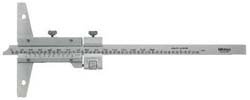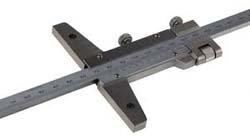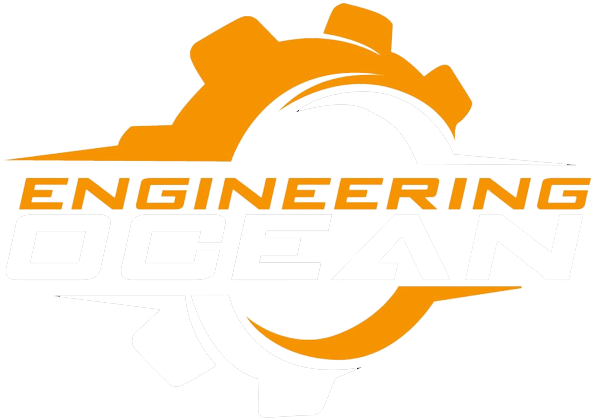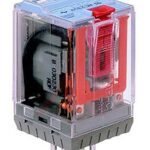Vernier Depth Gauge – Measuring Depth with Precision and Accuracy
Introduction:
Measuring depth accurately is crucial in many industries, from woodworking and metalworking to scientific research. Vernier depth gauges are precision instruments that are designed to measure the depth of holes, grooves, and other features with remarkable accuracy. In this article, we will discuss the Vernier depth gauge, its construction, how it works, and its advantages over other depth gauges.

What is a Vernier Depth Gauge?
A Vernier depth gauge is a precision measuring instrument that is used to measure the depth of a hole or a groove with high accuracy. It is made up of two parts: the depth rod and the Vernier scale. The depth rod is a long, slender, and smooth metal bar that slides into the hole or groove to be measured. The Vernier scale, on the other hand, is a finely divided scale that is attached to the depth rod. It is graduated in millimeters or inches, and each graduation is marked with a small line.
How Does a Vernier Depth Gauge Work?
The Vernier depth gauge works by using a Vernier scale to measure the depth of a hole or a groove. The Vernier scale is calibrated in millimeters or inches, and each graduation is marked with a small line. The Vernier depth gauge has two scales: the main scale and the Vernier scale. The main scale is marked in millimeters or inches and is attached to the depth rod. The Vernier scale, on the other hand, is attached to the main scale and is divided into ten parts, each of which is equal to nine-tenths of a millimeter or one-thousandth of an inch.
To measure the depth of a hole or a groove using a Vernier depth gauge, you need to slide the depth rod into the hole or the groove until it stops. You then read the main scale to determine the number of millimeters or inches that the depth rod has entered the hole or the groove. The Vernier scale is used to measure the fraction of a millimeter or an inch. The line on the Vernier scale that best aligns with a line on the main scale represents the fraction of a millimeter or an inch.

Advantages of a Vernier Depth Gauge
The Vernier depth gauge has several advantages over other depth gauges. One of the most significant advantages is its high accuracy. The Vernier scale on the Vernier depth gauge allows for precise measurement of the depth of a hole or a groove. The Vernier depth gauge can measure depths up to 300mm, making it suitable for a wide range of applications.
Another advantage of the Vernier depth gauge is its versatility. It can be used to measure the depth of holes, grooves, and other features. The depth rod on the Vernier depth gauge is designed to be long and slender, allowing it to reach deep into holes and grooves. The Vernier depth gauge is also easy to use. It does not require any special training or skills to operate. You simply need to insert the depth rod into the hole or the groove, read the main scale, and then read the Vernier scale to determine the fraction of a millimeter or an inch.
Construction of a Vernier Depth Gauge
The Vernier depth gauge is constructed from high-quality materials that are designed to last. The depth rod is made from stainless steel, which is resistant to rust and corrosion. The Vernier scale is made from high-quality materials that are designed to be durable and long-lasting. The Vernier depth gauge is also designed to be lightweight and easy to handle, making it suitable for use in a variety of industries.




